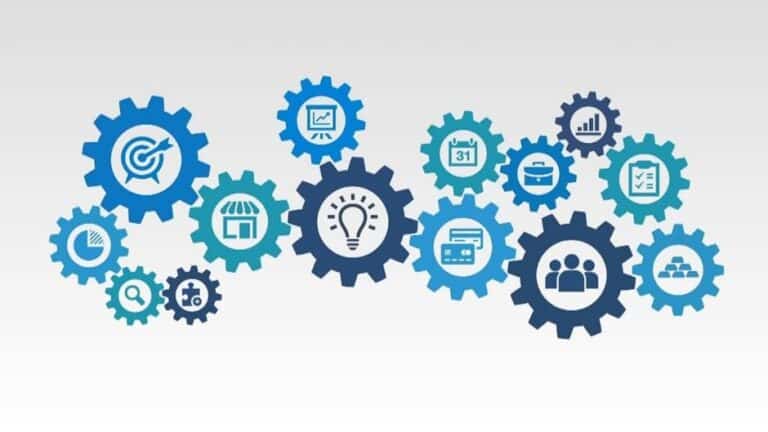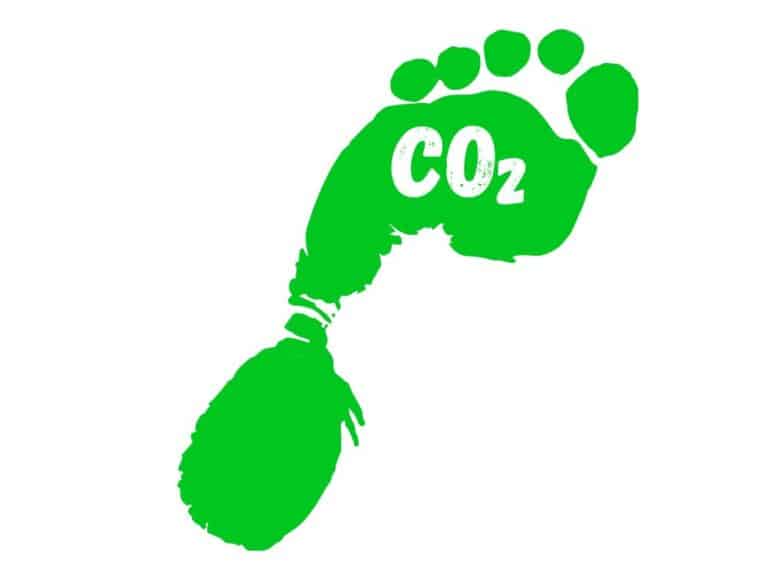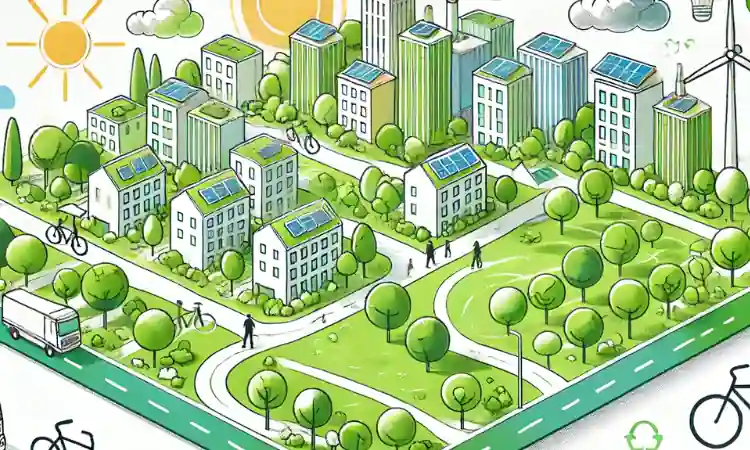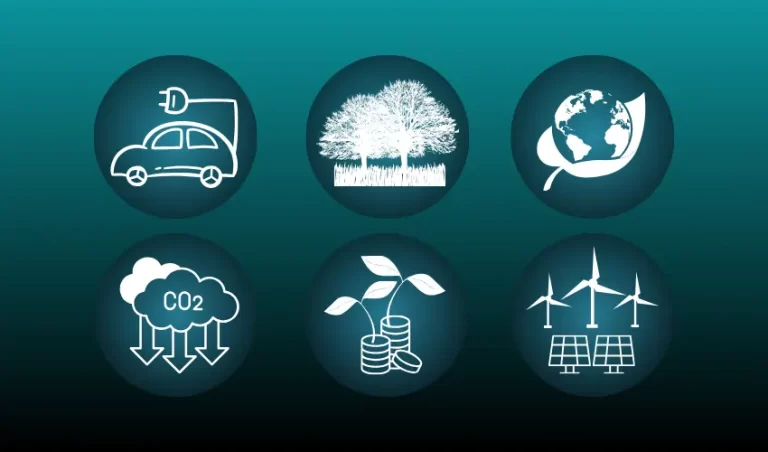Carbon Emission Scopes Made Simple
To limit climate change, understanding the sources of greenhouse gas (GHG) emissions is crucial. That’s where emission scopes come in.
They act as a framework to categorise and account for carbon emissions, enabling you to plan reductions over the long term.
Grasping these scopes is essential for businesses, policymakers, and individuals alike.
Here we’ll clarify what each of the scopes are and how they can help you understand the full picture of your carbon emissions.
What are Emission Scopes
Scope 1

Direct emissions from sources owned or controlled by an organisation or individual.
This includes fossil fuel burn in vehicles, industrial processes, and on-site energy generation. For example, the emissions from a factory’s smokestacks fall under Scope 1, as does the gas used in a home boiler.
Scope 2

Indirect emissions from purchased electricity, steam, heating, and cooling.
While an organisation or individual doesn’t directly generate these emissions, their energy consumption requires emissions to take place at power plants elsewhere.
Imagine a business or home powered by fossil fuel-generated electricity – those power plant emissions belong to Scope 2.
Scope 3

All other indirect emissions throughout a value/supply chain. This includes ‘upstream’ activities like the extraction and processing of materials for products that you use, as well as ‘downstream’ activities like product transportation, use, and end-of-life disposal.
Think about the emissions released during raw material extraction, product manufacturing, and customer delivery. These are all Scope 3 and essentially complete the picture of the emissions resulting from your lifestyle, home and business.
Value In Emission Scope Differences
Identifying emission hotspots

Each scope offers valuable insights into where the most significant emissions are generated.
Focusing on high-impact areas within each scope leads to more targeted and effective reduction strategies.
For example, a manufacturing company might discover their Scope 3 emissions from supplier practices outweigh their direct emissions, prompting collaboration and supplier engagement.
Transparency and accountability

Reporting all three scopes provides a comprehensive picture of your carbon footprint, fostering transparency and accountability.
For businesses, this transparency is increasingly important to investors, consumers, and regulatory bodies who prioritise sustainability.
Imagine an airline showcasing its efforts to reduce not just jet fuel emissions (Scope 1), but also those from fuel production and aircraft manufacturing (Scope 3).
Doing so makes for a much more comprehensive approach to limiting climate change.
Setting realistic reduction goals

By understanding the full extent of emissions across the value chain, you can set ambitious yet achievable reduction goals.
Focusing solely on Scope 1 might lead to an incomplete picture and potentially unrealistic targets.
Consider a clothing company aiming for carbon neutrality – they’d need to address emissions from cotton farming (Scope 3) alongside their own manufacturing and transportation (Scope 1 and 2).
Challenges to Emission Scope Use
Scope 3 complexity

Tracking and quantifying Scope 3 emissions can be challenging due to complex supply chains and lack of readily available data. This can prove challenging for small and large businesses alike.
Smaller businesses can struggle to allocate time and resource to measuring Scope 3.
Large businesses on the other hand can operate an incredibly complex web of suppliers, with many in this web themselves not positioned to measure there own emissions.
Collaboration and standardized methodologies are crucial for overcoming these hurdles. As are the availability of digital tools to support measuring emissions accurately.
Shifting responsibility

Addressing Scope 3 emissions often requires collaboration with other actors in the value chain. Building partnerships and incentivising sustainable practices becomes critical.
Without collaboration, taking action can become muddled and costly.
There can also be a risk of double counting. Emissions from your supply chain can already be represented by the supplier themselves.
Taking action is positive, but you need to be practical about representing who’s taking responsibility.
For this reason its important to establish the purpose for your measurements and set boundaries for the action you intend to take.
Evolving standards
The methodologies and reporting requirements for emission scopes are constantly evolving. Organizations need to stay updated and adaptable to ensure accurate and comparable reporting. The GHG Protocol is a good source for large organisations, and we’ll keep you update to date here of course!

Conclusion
Emission scopes are a powerful tool for understanding and managing your carbon emissions.
By utilising these categories, businesses, policymakers, and individuals can collaborate effectively to build practical net zero strategies, and a more sustainable future.







